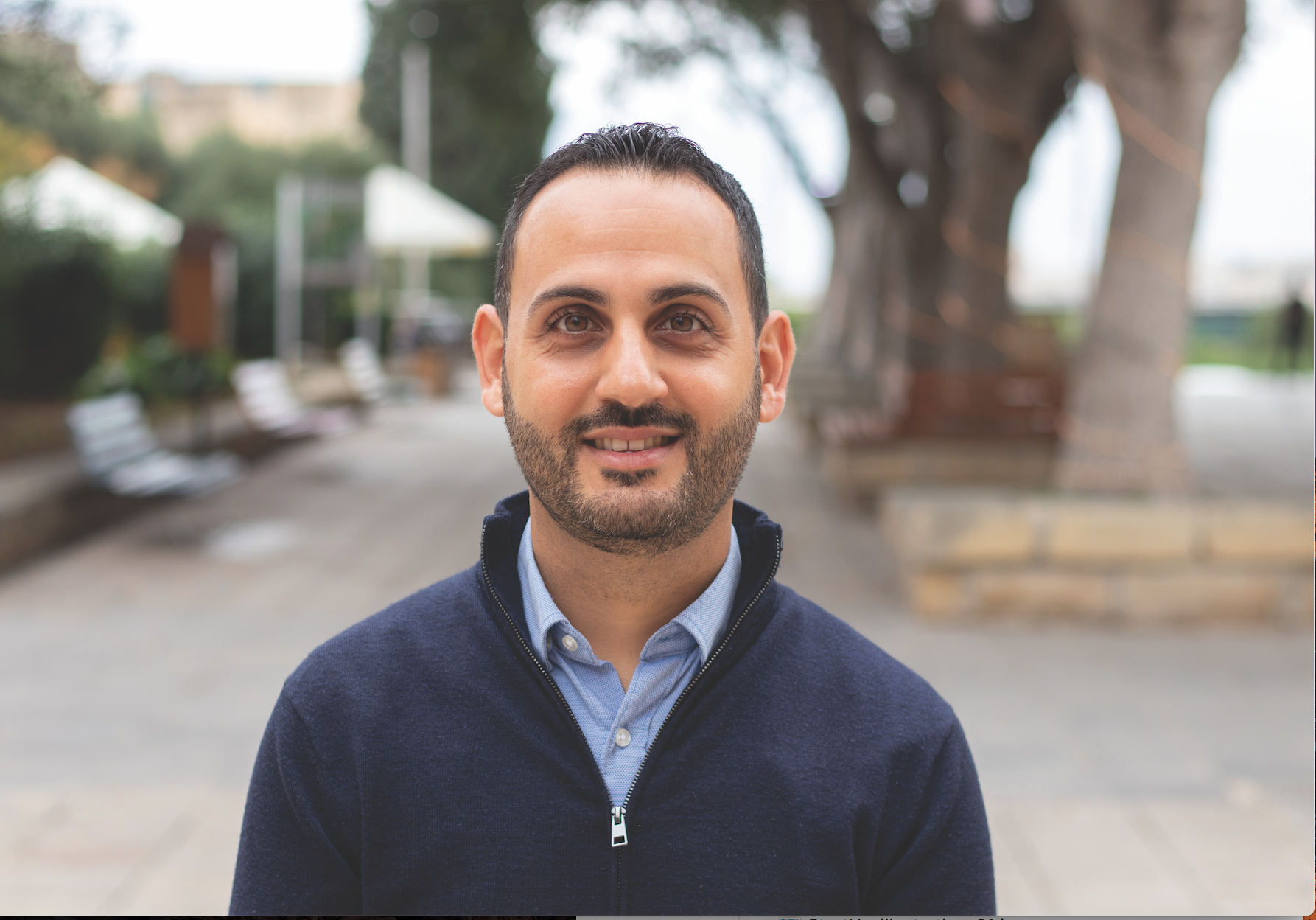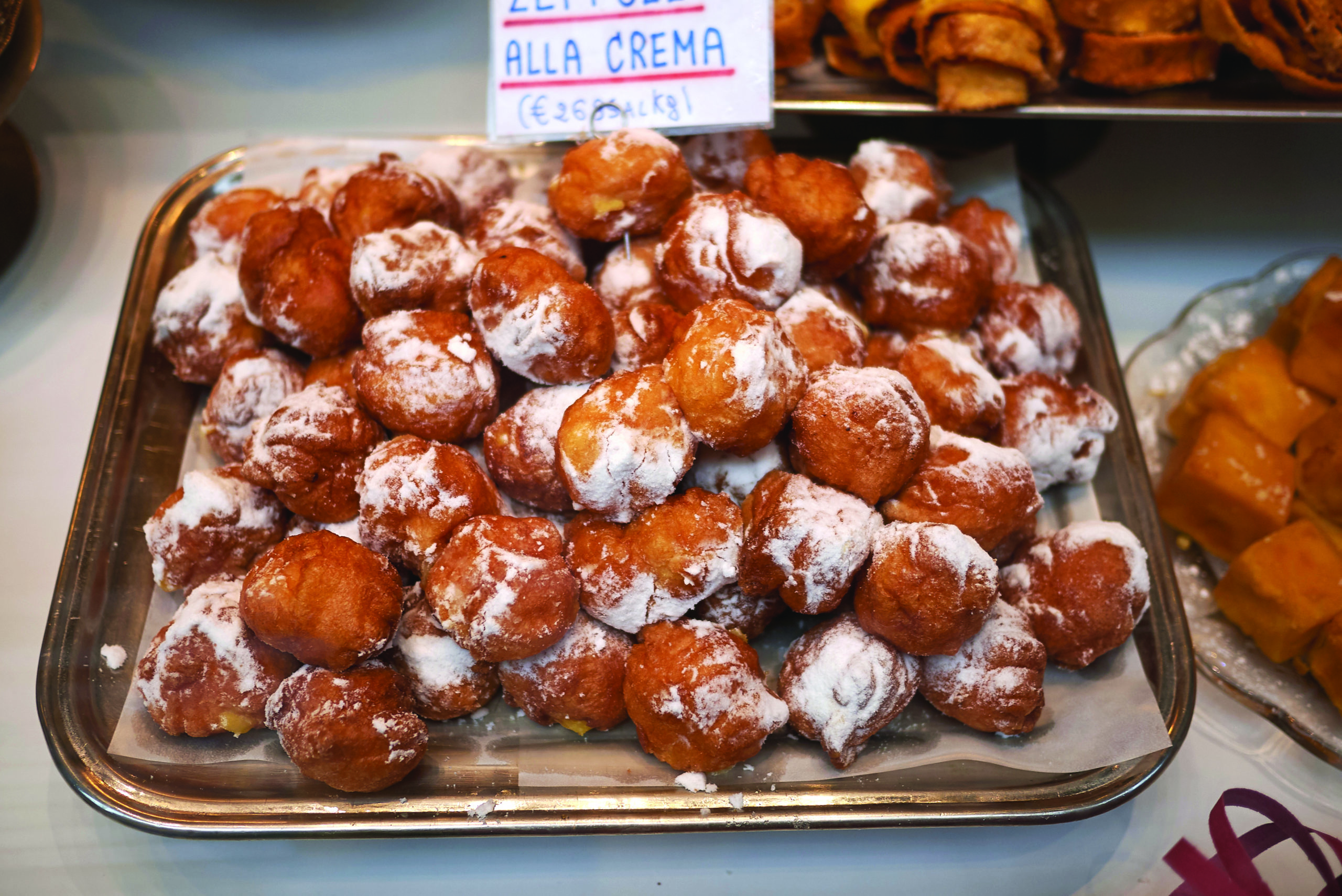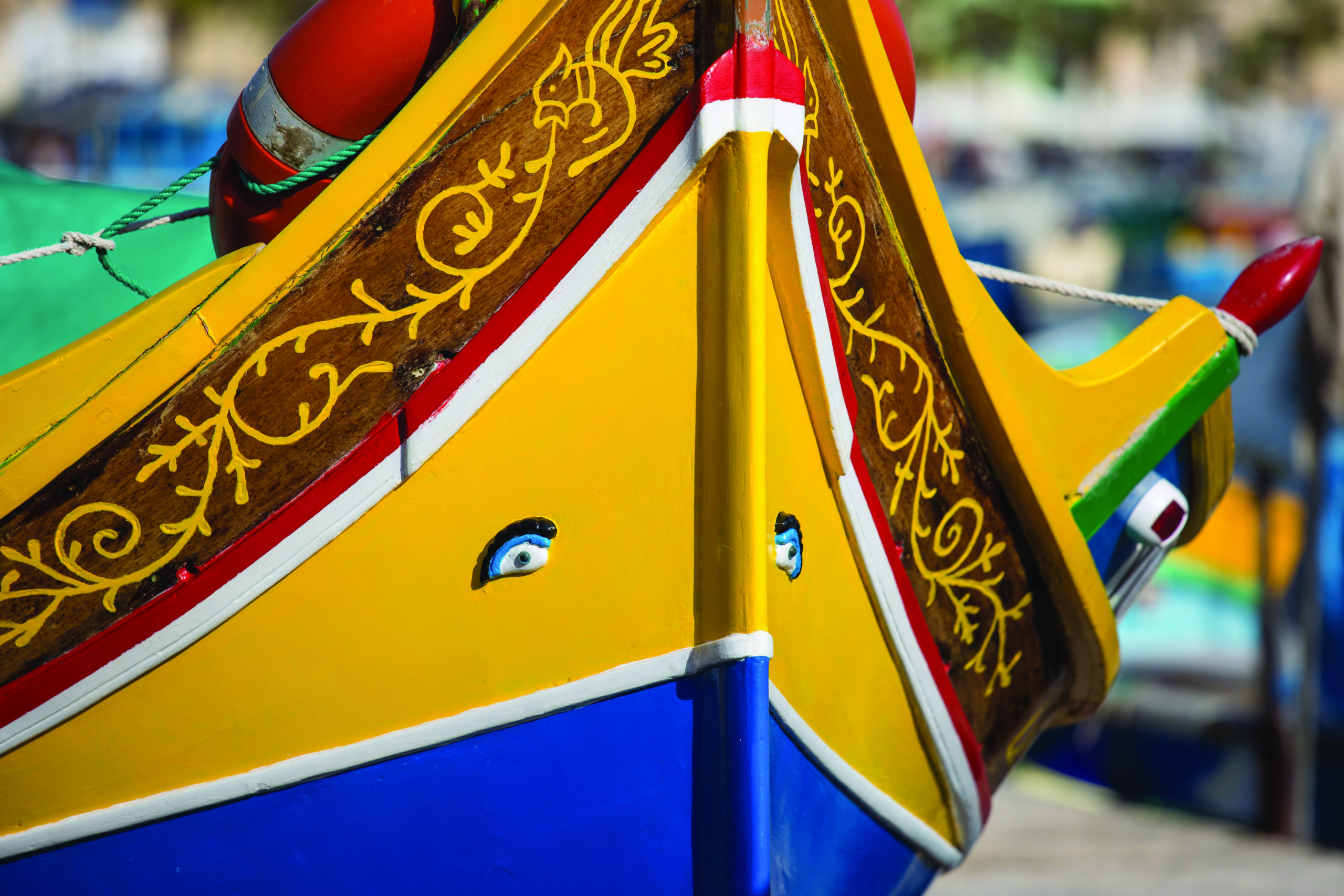Nicholas Gambin analyses Maltese cultural traditions that have stopped, remained, rebirthed, or changed in some way in today’s society.
Cultural changes do not happen in the blink of an eye; they happen gradually. World wars, globalisation, and advancements in technology have continued to push societies forward and cause irreversible changes. Old traditions have either stopped, continued, adapted, or been replaced by new ones.
Throughout our lifetime, we frequently consume our culture passively and without even knowing. When we walk through the cobbled streets, we hardly spare a thought for the culture hidden beneath our feet. However, Malta’s rich culture and traditions surround us in unexpected ways.
Guido Lanfranco’s book Drawwiet u Tradizzjonijiet Maltin acts as an excellent starting point to delve into some of Malta’s cultural traditions. This, paired with the insights of Dr Michael Spagnol (Head of Department, Department of Maltese, University of Malta), offers us a glimpse into what this Mediterranean island has to offer.

Photo by James Moffett
Food – Żeppoli
If the way to a person’s heart is through their stomach, it comes as no surprise that food is such a core part of Maltese culture. If you have never tried żeppoli (like our poor THINK editor), they are fried soft pastries filled with cream or sweetened cottage cheese. These sweet treats are linked to the feast of Saint Joseph on the 19th March. In fact, the first part of the word, Żepp, is a common Maltese pet name for someone named Ġużeppi (in Maltese) or Joseph (in English).

Lanfranco writes that sweet shops have been making this dessert since the 19th Century. In terms of origin, Spagnol explains that this food is typical of South Italy, who refer to it as zeppole in places like Naples, Catanzaro, Reggio Calabria, and Sicily. Malta has had a long cultural relationship with Italy. The link is not surprising.
Although żeppoli were usually eaten exclusively on the 19th March, nowadays, you can buy them from pastry shops in the weeks leading up to St. Joseph’s Day. Spagnol comments that ‘because Maltese people seem to have such a connection with traditional dishes, they continue adapting these traditions and sometimes create new ones altogether.’ Another example of this is the qagħaq tal-għasel, which are sweet pastry rings filled with treacle (not honey, even though għasel in Maltese means honey). These were originally made around Christmas time but are now produced all year round. More recently, figolli, the Easter pastry filled with almond meal, has been transformed into smaller bite-sized versions called figollini. If you are a foodie, then you can definitely explore the culture of Malta through its food.
Activities – Il-Ġostra
Imagine a time before the Internet, when people had to actually go outside and invent ways to pass the time. One such activity is Il-Ġostra, which you might have seen photos of shared all over social media. The game is believed to be derived from the Neapolitan game of the Cockaigne pole. It involves someone crawling along a greased pole fixed at an angle while trying to grab flags; entertainingly, most participants fall into the sea. This used to be a popular activity for men during village feasts. The flags also hold religious meaning, with a blue and white one dedicated to St Mary, a yellow and white one for the Vatican, and the Belgian tricolour for St Julian, who is believed to have been born in the Belgian town of Ath in 7AD.

Il-Ġostra was organised in summer, when falling into the water is refreshing rather than shocking. Now, it’s organised in villages close to the water, like Msida, Balluta, and St Julians. The game wasn’t always played over water. Spagnol mentions a similar event, the kukkanja, which used to take place during Carnival. The pole was vertical instead of sloping horizontally, with people trying to climb up the greased pole to reach the prizes hanging from the top. These prizes included cured meats and wine. The pole laying horizontally makes the game slightly easier (and safer), so one can imagine why this alteration was made.
Images of this activity have made their way onto Reuters’ Images of the Day, snapped by Maltese photojournalist Darrin Zammit Lupi.
Superstition – The Eye of The Luzzu
Tradition and superstition often come hand in hand. From breaking a mirror giving you seven years of bad luck, to Ancient Greeks fearing that a storm was caused by angry gods. When human beings cannot understand something, they create myths and superstitions to give it meaning. Whether these are based on truth or fact is a discussion for another article.
Maltese seaside villages, such as Marsaxlokk, Marsaskala, or St Paul’s Bay, are dotted with brightly coloured fishing boats called luzzu. This type of boat can be traced back to the ancient Phoenicians, and their stable, sturdy, and reliable nature meant that they could be used in both good and bad weather. However, one of the most striking features of the luzzu is the two painted or carved-out eyes that stare directly into your soul.
The concept of the ‘evil eye’ is widespread across Mediterranean cultures, such as the Turkish Nazar eye-shaped amulet, the Italian cornicello (designed to ward off the evil eye), and the hand-shaped Hamsa talisman found in West Asia. The eyes on the luzzu are probably linked to the Eye of Horus or Osiris, which was the Phoenicians’ god of protection from evil. For the Phoenicians, the eye was a symbol of protection and good health, so the eyes were painted onto their boats to protect the fishermen from any harm while at sea. With no modern weather reporting technology, fishermen turned to superstition to give them hope and protect them on their journeys.
Performances – Qarċilla
Lanfranco tells us that the Qarċilla tradition dates back to the 18th Century, around the time of the Maltese linguist Giovanni Pietro Francesco Agius de Soldanis, who wrote the first lexicon and systematic grammar of the Maltese language. Since the Catholic Church was so strong throughout Maltese history, people were brought up to be very religious and obedient. Carnival was the one time a year when people could have some fun and disobey.
The Qarċilla, sometimes called a Maltese wedding or ‘iż-żwieġ la Maltija’, was a farce or popular drama enacted in village streets during Carnival. Two men would dress up as the groom and notary. On his head, the groom would wear a figolla in the shape of a woman and decorated to look like a bride. The notary would then recite a fake and comedic marriage contract invented on the spot, which usually included political and social satire, sexual innuendos, and swearing. People would listen and cheer, and once his speech was over, the actors would cut up the figolla into pieces and share it with the audience.
One of the best known Qarċilla is the one written by Mgr Feliċ Demarco for Carnival in 1760. What is quite interesting about this tradition is that, although it seemed to have stopped and been lost to history, it actually had a rebirth back in 2014. Over the last few years, Maltese writers like Trevor Zahra, Immanuel Mifsud, and Leanne Ellul have been commissioned to write their own version of a Qarċilla, which is then staged and performed by citizens. The tradition is finding a new life in today’s society.
For a culture to exist, it needs people. It is people who create traditions, keep them alive, or preserve them, be it through lived experiences, speaking to people like Spagnol, or documenting them as Lanfranco did with his book. To appreciate our culture, we need to learn about it. Written records help us preserve these traditions and allow culture to grow and develop.
Further Reading
Lanfranco, G. (2001). Drawwiet u tradizzjonijiet Maltin. Pubblikazzjonijiet Indipendenza
Reuters Staff. (2018). Ready, steady, splash! Malta celebrates historic greasy pole tournament. Reuters US. Retrieved 9 June 2021, from https://www.reuters.com/article/uk-malta-pole-tradition-idUKKCN1LC0JA





Comments are closed for this article!